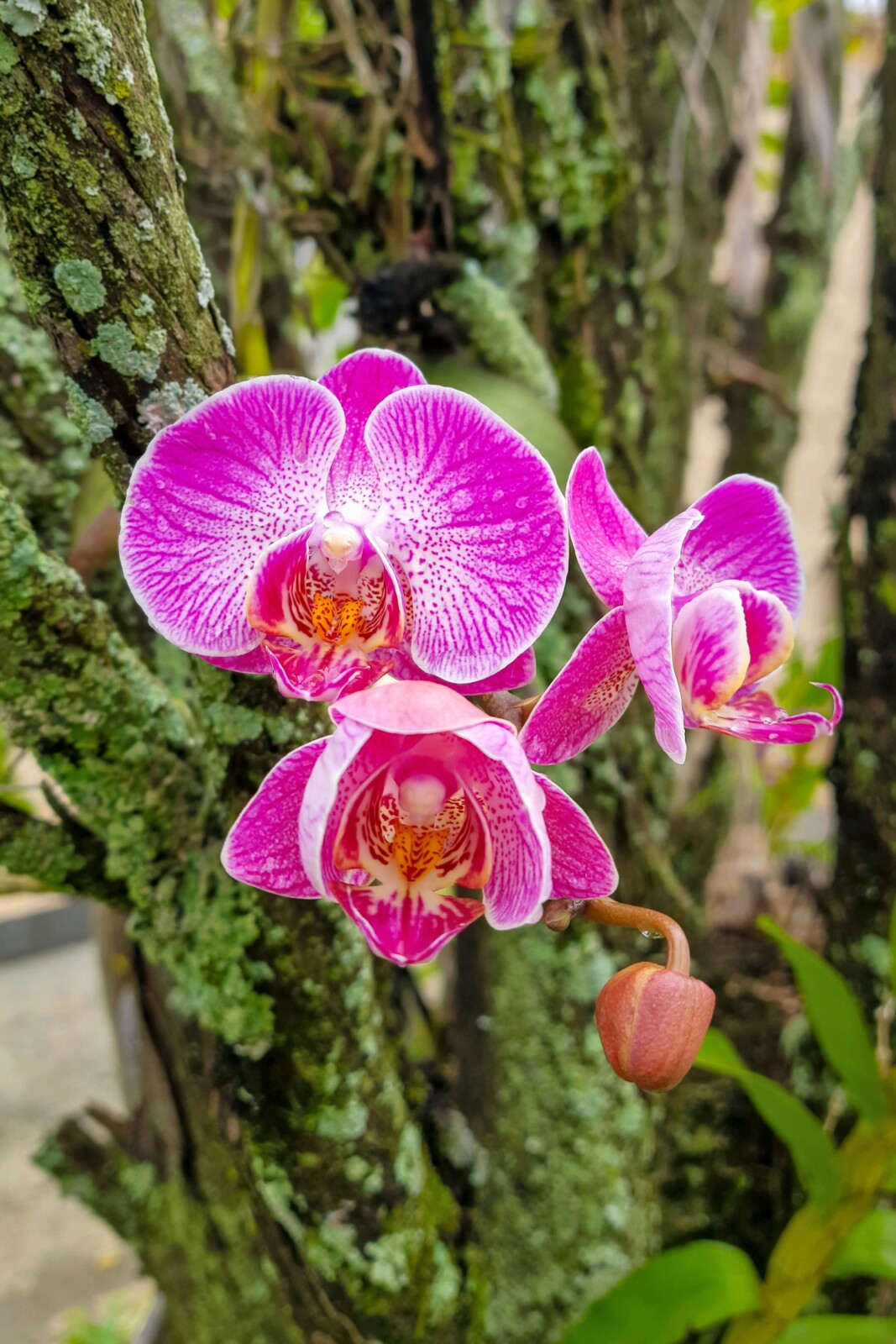Recent Posts
-

’ve always considered hydrangeas a staple of southern landscapes, so I was delighted to discover one in the backyard last spring after Beloved Husband cleared a jungle of invasive, non-native privet. Free from the suffocating privet, the small bigleaf hydrangea (Hydrangea macrophylla) pushed out a few lovely, blue blooms. I pruned it a bit after…
Posted in: ANR -

Three years after its debut, the Georgia Green Landscape Stewards program is expanding throughout the state with the assistance of University of Georgia Cooperative Extension Master Gardener volunteers. Launched in 2021 by Camden County Agriculture and Natural Resources agent Jessica Warren and Martin Wunderly, area water agent for UGA Extension’s Northeast District, the program provides fact-based…
Posted in: ANR -

Summer is the season for picnics, cookouts, and tailgating parties where food takes center stage. While we’re enjoying the fun and fellowship, we still need to prioritize food safety to keep bacteria from making anyone sick. At temperatures between 40° and 140° Fahrenheit, bacteria on food can multiply rapidly, potentially doubling every 20 minutes. As…
Posted in: FACS -

First, I filled a tub with orchid bark potting mix and water, allowing the bark to become saturated before adding it to the new pot. The chunky size of the bark allows for good drainage and plenty of air around the roots. Then I removed the orchid from the tiny container. The roots had spiraled…
Posted in: ANR -

I recently visited the State Botanical Gardens in Athens where orchids are featured throughout the tropical Main Conservatory inside the visitor’s center. With an estimated 28,000 species in more than 800 genera, orchids are believed to be the largest and most diverse family of flowering plants. Here are some more amazing facts about orchids. Orchids…
Posted in: ANR -

Most adults need seven to nine hours of sleep each night, but a third of us fail to get enough sleep on a regular basis. A chronic lack of sleep has consequences for our daily functioning, mood, mental and physical health, as well as workplace productivity and worker and public safety. Our bodies use the…
Posted in: FACS -

Under the mentorship of devoted volunteer coaches, nineteen young archers recently took aim at the Georgia 4-H State Archery Match, held at Rock Eagle 4-H Center on May 4, 2024. Competing within their age and experience brackets, spanning Cloverleaf, Junior, and Senior divisions, as well as Novice, Recurve, and Compound disciplines, participants were able to…
Posted in: 4-H -

When I leave the house each morning, I hear the calls and songs of several bird species. This spring, we might hear another sound: the raspy song of male periodical cicadas trying to attract a mate throughout the daylight hours. Specifically, we’re expecting Brood XIX (Brood 19) of Magicicada tredecim, one of three broods of…
Posted in: ANR -

Trees, shrubs, vines, and ground cover plants provide resting places for birds as well as escape cover from predators. Native plants are a natural choice for resident and migratory birds. Flowering native plants, such as serviceberry and redbud trees, smooth sumac and wax myrtle shrubs, Virginia creeper and passionflower vines, and herbaceous flowers like asters,…
Posted in: ANR -

June 6th: Forestry Day in the North Georgia Mountains This event is open to all 4th-12th graders but they must be prepared to walk 3 miles. We’ll travel to Ellijay for a full day of activities including a property tour with Master Naturalist, Winston Davis, and his property managers to go over land management practices…
Posted in: 4-H